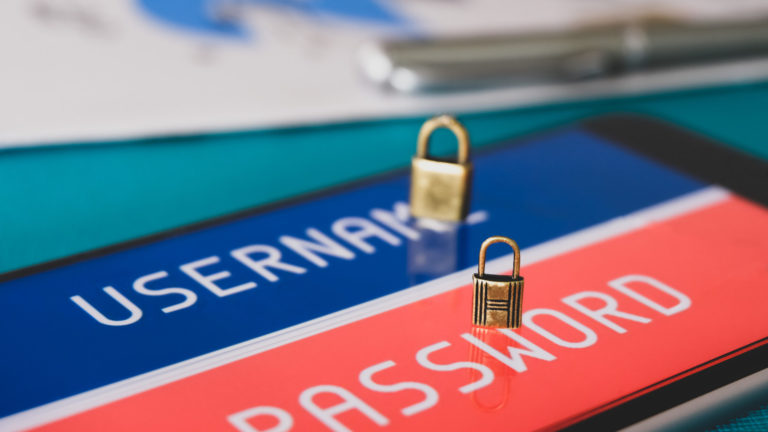Physical security and cybersecurity are both paramount to the success of any enterprise. Physical security keeps a business’s physical assets, employees, and visitors safe while cybersecurity protects all digital assets and sensitive data. If you’re considering looking into Verkada careers, you’ll need to know about both of these securities to succeed in the industry’s leading enterprise security provider.
There’s no question that both physical and cybersecurity are important to the overall security of any organization. But how do these types of security compare? What are their respective roles in protecting an organization? Keep reading to find out more about physical security vs. cybersecurity.
What are the differences between physical and cybersecurity?

There are many differences between physical and cybersecurity, but some of the most notable are the scale, the type of threats, and the response time.
Physical security is focused on protecting tangible assets, such as buildings, property, and people. Cybersecurity, on the other hand, is focused on protecting digital assets, such as data and information, even non-fungible tokens like an art NFT can be protected by a quality cybersecurity system.
Material threats can typically be addressed through things like security cameras, alarms, and locks. Conversely, cybersecurity threats often require sophisticated cybersecurity tools and software.
Physical threats are typically limited to things like vandalism, theft, and terrorism. In contrast, cybersecurity threats can include things like malware, ransomware, and phishing attacks.
Physical threats typically require a response time of hours or days while cybersecurity threats can require a response time of minutes or seconds.
What are the similarities between physical security and cybersecurity?

There are many similarities between physical security and cybersecurity. They both involve protecting assets from unauthorized access or use. Physical security protects against unauthorized access to physical objects, such as buildings, equipment, and physical data like sensitive documents. Cybersecurity protects against unauthorized access to electronic information, such as data files and networks.
Both physical and cybersecurity require systems for identifying authorized users and for verifying their identities. They also require systems for access control to assets based on those identifications. In addition, both physical and cybersecurity require measures to protect against unauthorized access or use of assets, including authentication mechanisms, firewalls, and intrusion detection systems.
How do physical security and cybersecurity work together?

Organizations have started to understand that in order to protect their data and information, they need to have a multi-layered security approach. This means using both physical and cybersecurity measures together.
There are a number of ways that organizations can use physical and cybersecurity together. One way is to have a dedicated team of people who are responsible for both physical and cybersecurity. This team can work together to create and implement a security plan that meets the organization’s specific needs.
Another way to use physical and cybersecurity together is to use the same security vendors for both types of security. This can help to ensure that the security measures are compatible and work well together.
Organizations can also use physical and cybersecurity together by training their employees on both types of security. This can help employees to be aware of the risks and dangers of cyberattacks and also help them to be more vigilant in spotting potential threats.
Physical and cybersecurity are paramount in business.
Altogether, physical and cybersecurity are both important for an organization’s safety. These types of security systems have their respective roles in business. However, they need to be employed together to ensure an organization is fully protected from physical and digital threats. By understanding the differences and similarities of these types of security, companies can create a multi-layered approach to protect their physical building, employees, data, and infrastructure.

